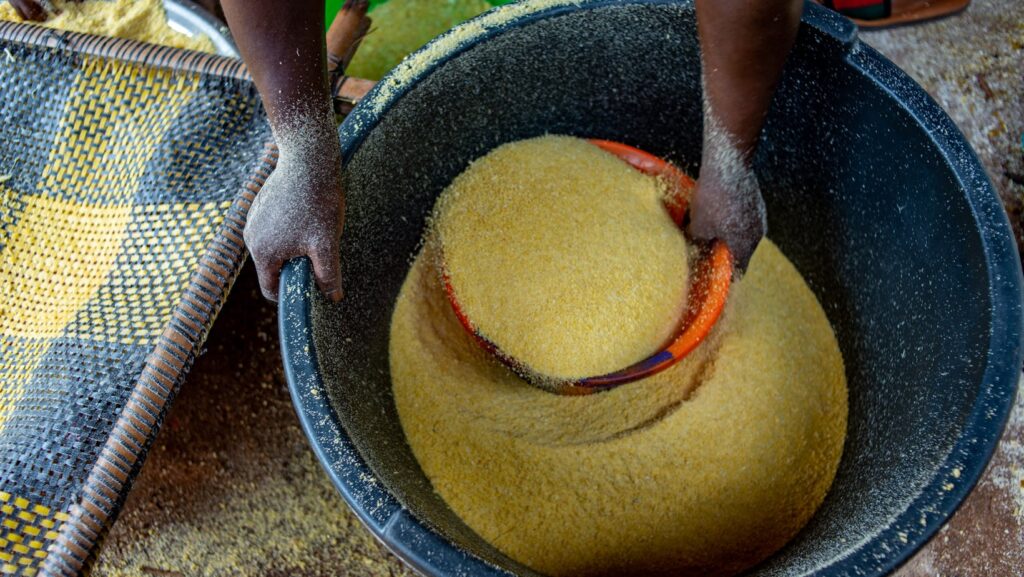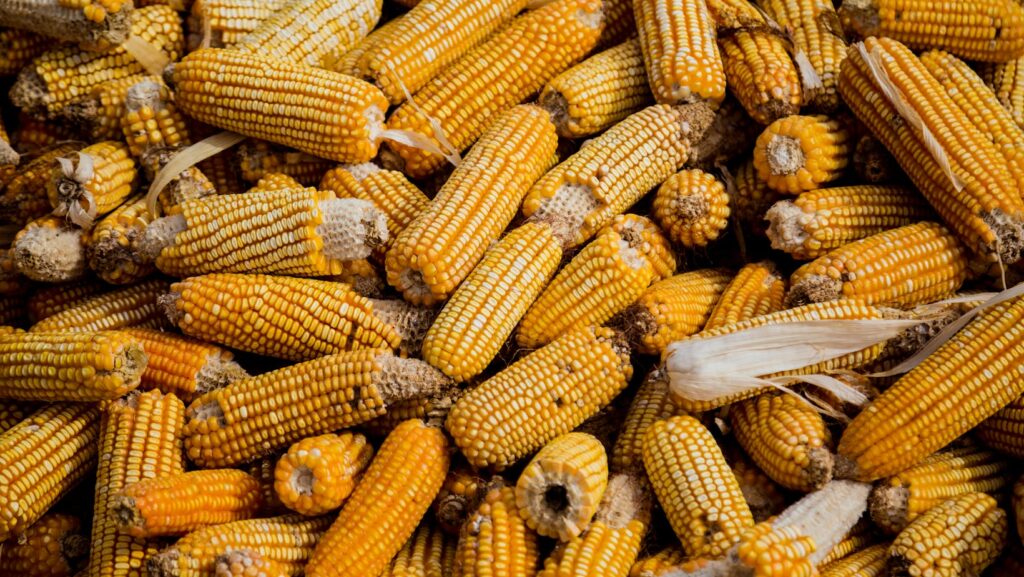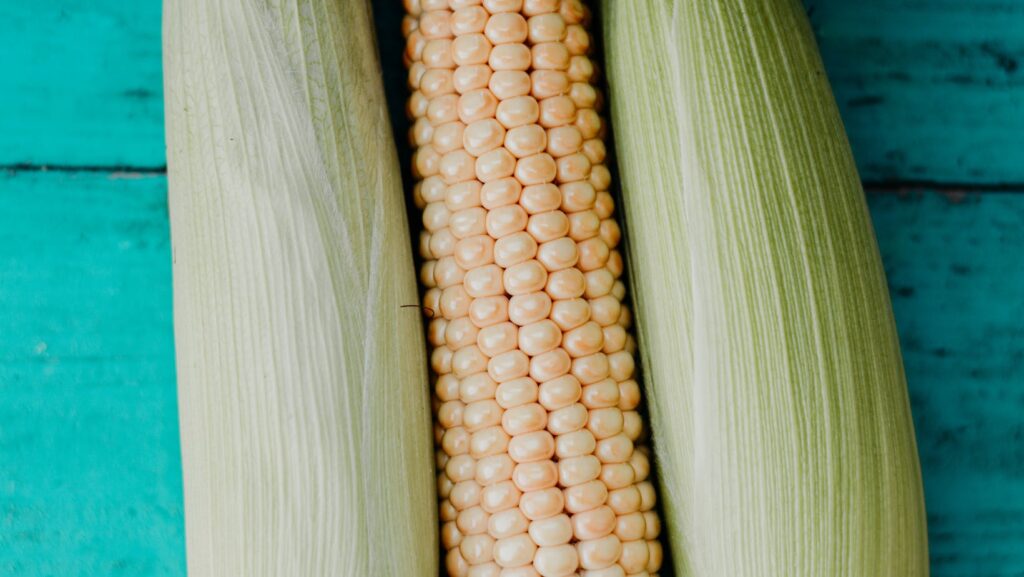Ever wondered how to take your cornmeal dishes from good to great? You’re not alone. Cornmeal, a versatile and humble ingredient, has been at the heart of many cuisines worldwide. But, to unlock its full potential, you’ve got to know the right techniques.
Exploring Cornmeal: Origins and Types
Taking into account the article’s prior sections on the significance and versatility of cornmeal in various dishes, let’s dig deeper into the origins of cornmeal and the different types prevalent in kitchens worldwide.
Origins of Cornmeal
Cornmeal, a culinary staple, finds its roots in the Americas, courtesy of the Native Americans. They initially ground corn or maize into coarse grains, creating the first versions of cornmeal. Over time, its multifaceted nature garners recognition in cuisines across the globe. Europe, particularly Italy and Romania, embraced cornmeal wholeheartedly, employing it in their much-loved dishes — polenta and mamaliga.

Different Types of Cornmeal
As one might expect with a widely used cooking component, cornmeal isn’t a one-size-fits-all product. On grocery store shelves, or ordered online, rest several distinct varieties aimed at fulfilling diverse recipe requirements.
Firstly, there’s the coarse ground cornmeal, identifiable by its large grain size. It’s comparable to the consistency of sea salt, and traditionalists often favor it for dishes that need an earthy, robust texture, think polenta.
On the other end, there’s finely ground cornmeal, used as the go-to for an array of baked goods. The texture comparable to flour makes it perfect for cornbread, muffins, or even pancakes that mandate a smoother finish.
Lastly, stone-ground cornmeal comes into play, utterly distinct due to its production method. Producers grind the corn kernels between two stone surfaces, maintaining much of the hull and germ. This results in a product rich in flavor and nutrients.
Each type of cornmeal carries a distinct set of features, influencing their suitability for specific preparations. Remembering these distinctions can greatly aid in selecting the most fitting cornmeal for your recipe, thereby making your culinary trial a winning endeavor.
Cornmeal Cooking Techniques
After understanding the significant role of cornmeal in diverse cuisines and acquainting yourself with its origins and variations, it’s time to master the craft of cooking with cornmeal. This section describes essential techniques that deliver superior results when cooking with this versatile ingredient.
Basic Preparation Methods
Three primary methods aid in the preparation of dishes with cornmeal—boiling, baking, and frying.
- Boiling Cornmeal: Immerse it in boiling water, stir continuously, reduce heat, and cook until tender. Polenta, for example, employs this method.
- Baking Cornmeal: Use as an ingredient in your batter and bake as directed, like in cornbread.
- Frying Cornmeal: Create a batter, deep fry until golden crispy, as seen in hushpuppies.

Tips for Perfect Cornmeal Consistency
Achieving the ideal cornmeal consistency depends on various factors, from the type of cornmeal to the cooking technique used. Here are three tips:
- Choosing the Right Type: A coarser grind gives an earthy, rich, and textured result, while a finer grind delivers a smoother, creamier outcome.
- Ratio Matters: Follow an optimal ratio of liquid to cornmeal, typically 4:1 for a porridge-like consistency, and 5:1 for a more liquidy consistency.
- Patient Stirring: Consistent stirring during the cooking process prevents lump formation and aids in achieving a creamy texture.
Remember, understanding and applying these essential cornmeal cooking techniques makes a significant difference in your culinary creations. So, embark on your cornmeal cooking journey equipped with these tips and preparation methods.
Start experimenting with cornmeal in your kitchen today. Whether you’re whipping up pancakes for breakfast or cornbread for dinner, you’re sure to bring a new dimension to your dishes with this humble yet powerful ingredient. Remember, it’s not just about cooking—it’s about cooking right. And with the right techniques, you can make the most of cornmeal’s potential. Happy cooking!
